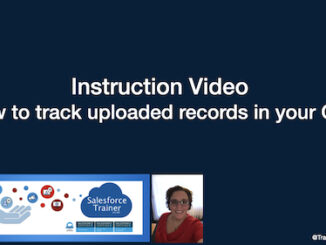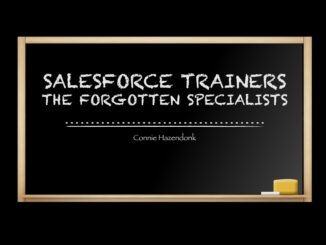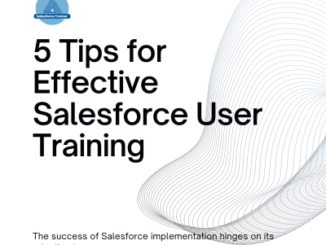In the world of Salesforce, having access to robust reporting and dynamic dashboards is key to maximizing the potential of your CRM system. However, many businesses struggle to fully leverage these tools due to a lack of understanding of their data structure within Salesforce.
As a sales manager using Salesforce, you already know the importance of tracking your sales activities and customer interactions. But did you know that understanding the core objects in Salesforce is the secret sauce to unlocking valuable insights through reports and dashboards? Let’s dive deeper into this crucial aspect, even if you’re not a tech whiz.
Imagine Salesforce as a virtual filing cabinet, with different drawers holding specific types of information. These drawers are called objects. The key core objects in Salesforce are like your go-to sections in the filing cabinet:
Leads: Think of Leads as your potential customers who have shown interest in your products or services. They’re like business cards waiting to be turned into opportunities. Leads can be linked to Campaigns. When converted Leads turn into Accounts and Contacts. Use Activities to track your engagement on Leads.
Examples of Lead reporting:
- Number of Leads in a certain region or business unit
- Stages of the Leads in the Lead Management Process
- Which Leads have had no interaction recently
Accounts: Accounts are like folders for companies or organizations you work with. Each Account can hold valuable information about your clients, from contact details to past interactions. Accounts are linked to Contacts, Opportunities and Cases. Like Leads (and any other object) use activities to track your interactions.
Examples of Account reporting:
- When is the last time your major accounts have been contacted?
- Top ranking accounts based on closed won Opportunities
- Run account report for data accuracy and completion
Contacts: Contacts are the people within those Accounts – your main point of contact. Knowing how Contacts are linked to Accounts helps you see the bigger picture of your relationships. Contacts can be linked to Accounts, Opportunities, Cases and Campaigns (using the Campaign Members object).
Examples of Contact Reporting:
- Which contacts miss crucial contact information
- Identify contacts by segment for marketing purposes
Opportunities: Picture Opportunities as golden chances for closing deals and bringing in revenue. By tracking Opportunities, you can see which deals are on track and which need a nudge.
Examples of Opportunity Reporting:
- Who is our top seller in the organisation based on value closed won opportunities or Win Rate (percentage of closed won opportunities of total opportunities)
- How long does it take to close opportunities by region / opportunity type / sales user
- What does my forecast look like?
Cases: Cases are your support tickets or customer inquiries section. Keeping an eye on Cases helps you stay on top of customer needs and provide top-notch service.
- Which clients / regions / products raise the most cases?
- Average close time for cases?
- How is our case closure rate vs last year?
Now, why is knowing these core objects so important? Well, imagine trying to create a report without knowing which data goes where in your filing cabinet. Understanding how Leads connect to Contacts, or how Opportunities relate to Accounts, gives you the building blocks for creating meaningful reports.
For example, let’s say you want to see how many deals each Account has closed this month. By linking Opportunities to Accounts, you can easily generate a report that shows the total revenue generated by each client.
But it’s not just about knowing where things are stored – it’s also about what you do with that information. Fields within these objects hold crucial details like deal amounts, customer names, and more. By selecting the right fields when creating reports and dashboards, you can tailor your data analysis to fit your specific needs.
And here’s a pro tip: Formulas are like magic spells that can turn raw data into valuable insights. Even if you’re not a wizard with numbers, using formulas in your reports can help you calculate key metrics or spot trends that drive smarter business decisions.
In a nutshell, understanding the core objects in Salesforce is like having a map to navigate through your data landscape. It’s the key to creating reports and dashboards that provide real-time insights into your business operations and sales performance.
So next time you dive into Salesforce to track your sales progress or analyze customer interactions, remember to make friends with these core objects. They might just be the secret ingredients to taking your sales game to the next level!





Be the first to comment